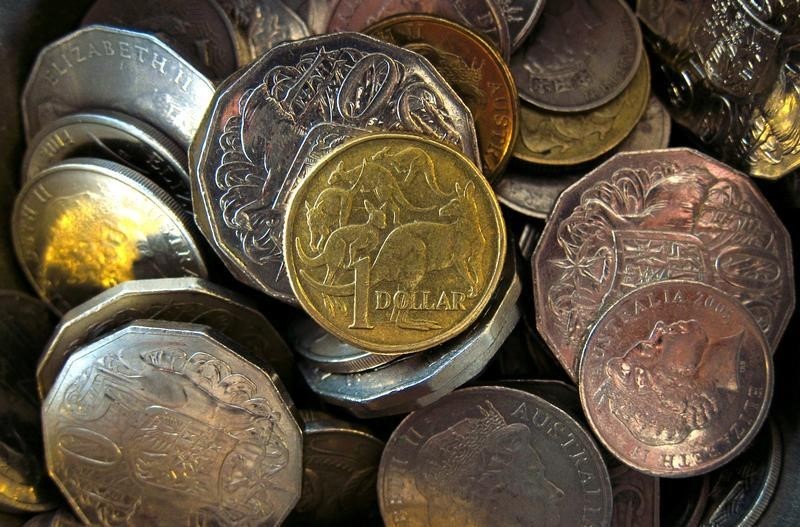By Wayne Cole
SYDNEY, Jan 20 (Reuters) - The Australian and New Zealand dollars edged higher on Wednesday as the prospect of aggressive fiscal stimulus in the United States bolstered the global outlook, while economic news at home remained mostly positive.
The Aussie inched to $0.7712 AUD=D3 , having found solid support around $0.7650/60 in recent days. It faces resistance at $0.7725, ahead of the January peak up at $0.7819.
The kiwi dollar stood at $0.7126 NZD=D3 after finding bids under $0.7100, but again faces resistance nearby at $0.7140.
Sentiment was supported by a declaration from Janet Yellen, U.S. President-elect Joe Biden's nominee for Treasury Secretary, that the government had to "act big" on stimulus. surge in debt-funded spending would be a positive for the global economy and commodity prices, while more money-printing could put pressure on the U.S. dollar.
Commodities saw the benefit with oil prices climbing anew, while an auction of dairy, New Zealand's biggest export earner, produced a sharp 4.8% rise in prices. Australia, a survey of consumers showed recent outbreaks of COVID-19 in Sydney and Brisbane had a predictable effect on sentiment, though both have since been contained. tellingly, the latest government data on payrolls pointed to an upside risk for the December jobs report due on Thursday. The median forecast was for employment to rise 50,000, with unemployment dipping to 6.7%.
"We have revised up our forecast for December employment to around 100k from 50k," said Nomura economist Andrew Ticehurst.
"While stronger employment may have been associated with a higher participation rate, a gain of this magnitude suggests downside risk around the consensus estimate that unemployment fell by one-tenth in December to 6.7%."
The Reserve Bank of Australia (RBA) has made lowering unemployment its central goal, so a strong report could add to speculation it might not need to extend its A$100 billion bond buying campaign past the current cut off date in April.
Most analysts still assume it will extend the programme, if only to lessen upward pressure on the Aussie.
With other major central banks still rapidly expanding their balance sheets, any pullback by the RBA would likely see local bond yields and the currency surge higher.
Yields on Australian 10-year bonds AU10YT=RR have levelled out at 1.05%, having risen steadily from a low of 0.73% last October, and are still trading just below U.S. yields. (Editing by Jacqueline Wong)
